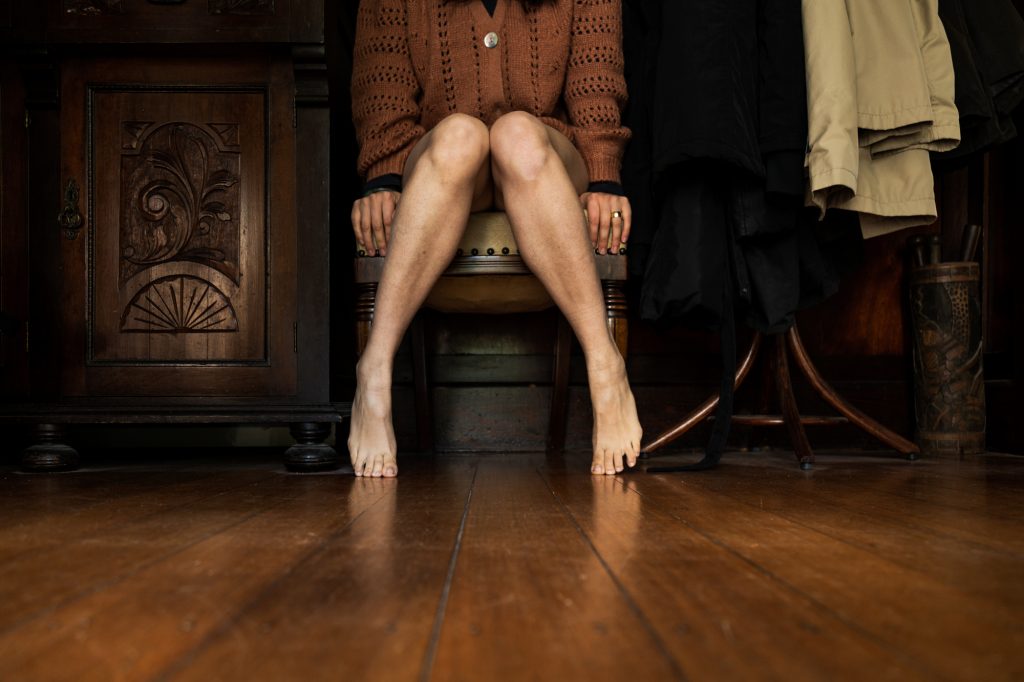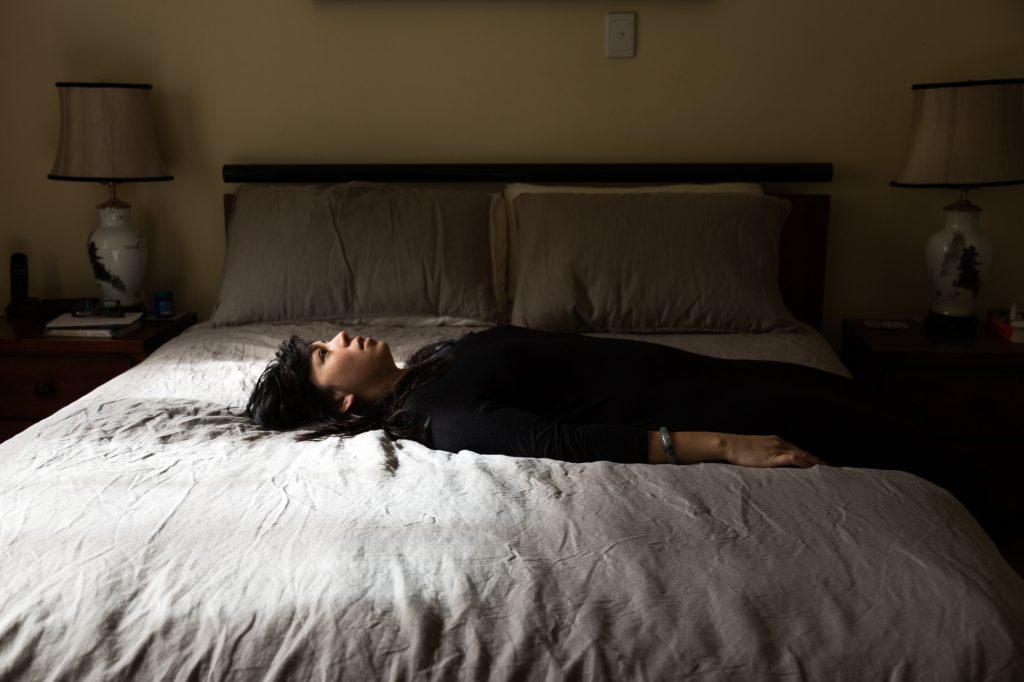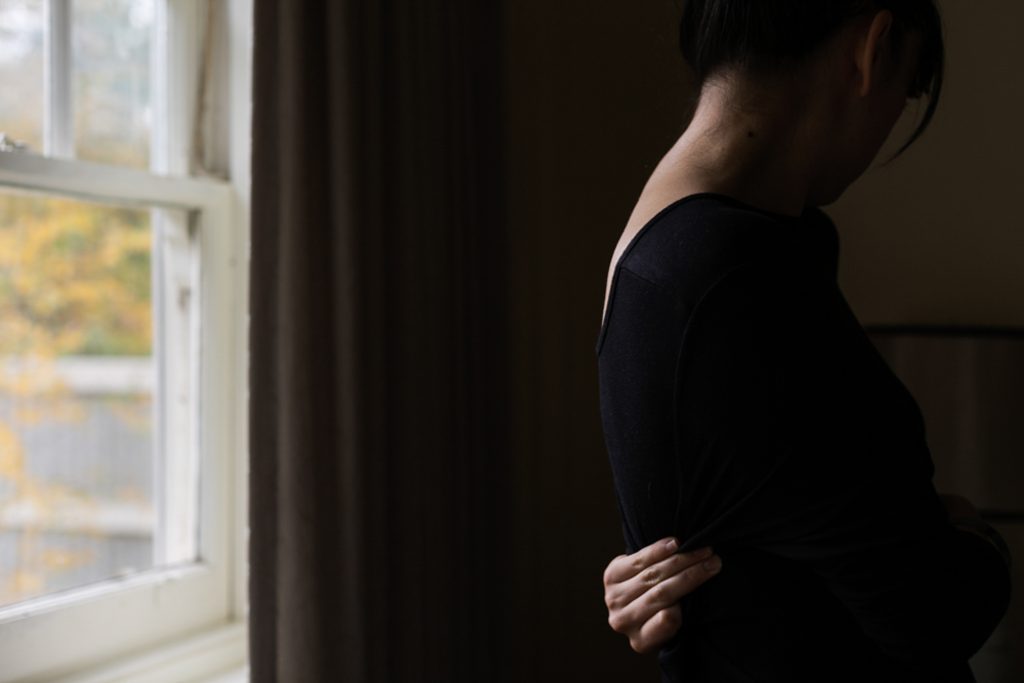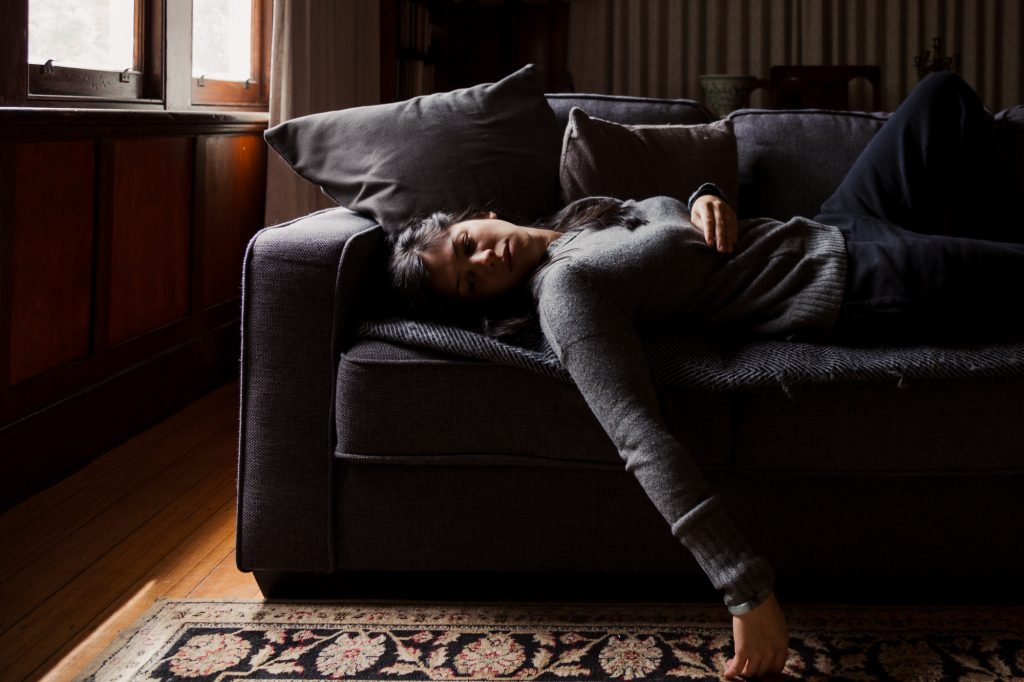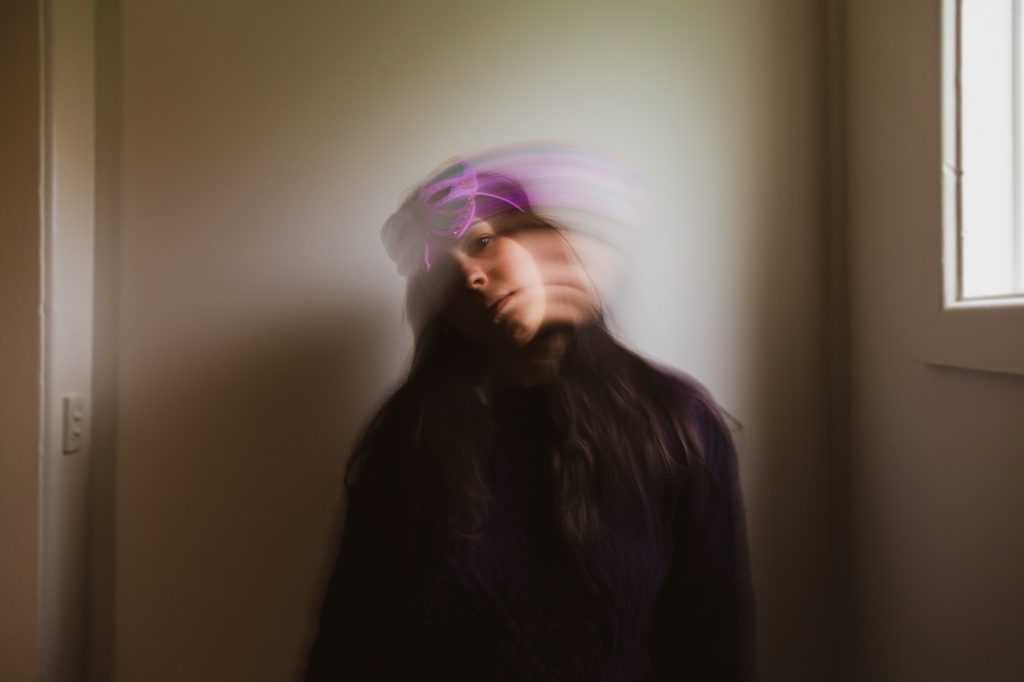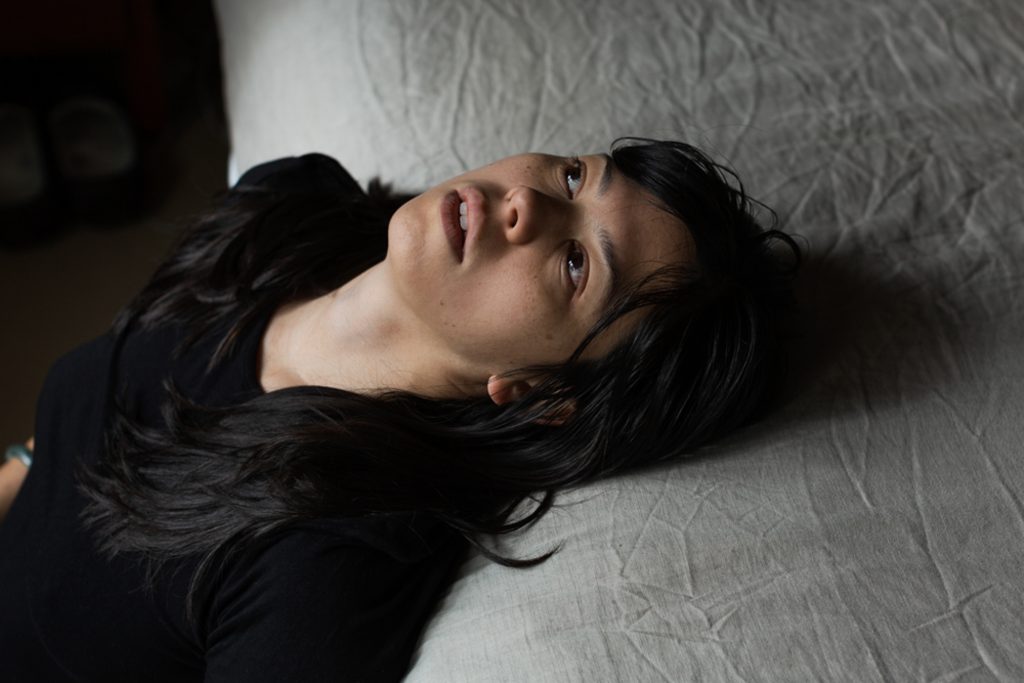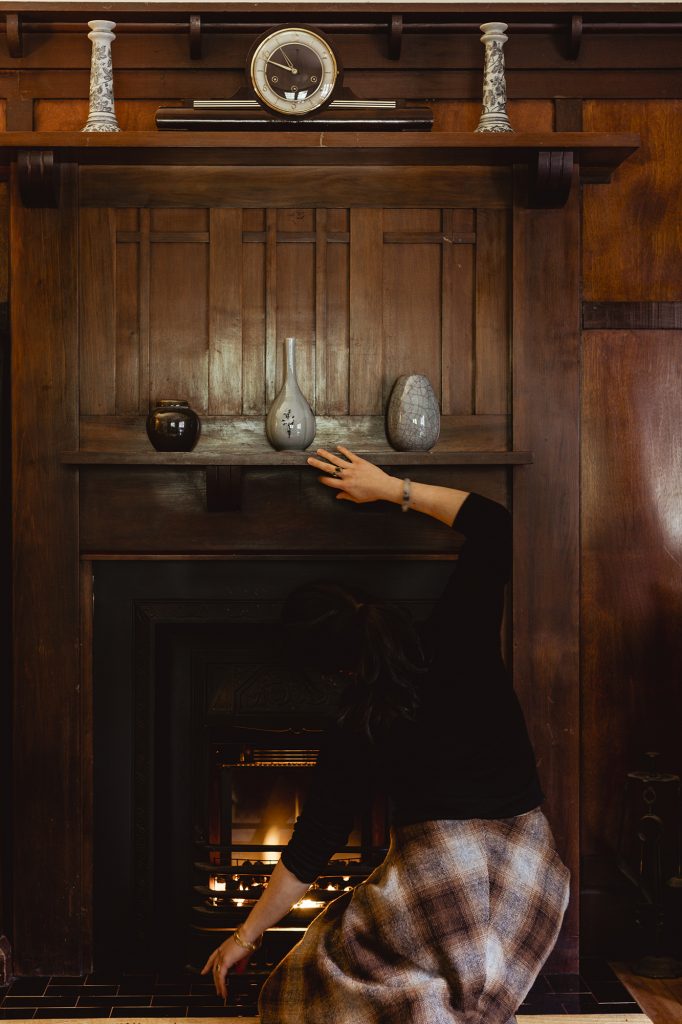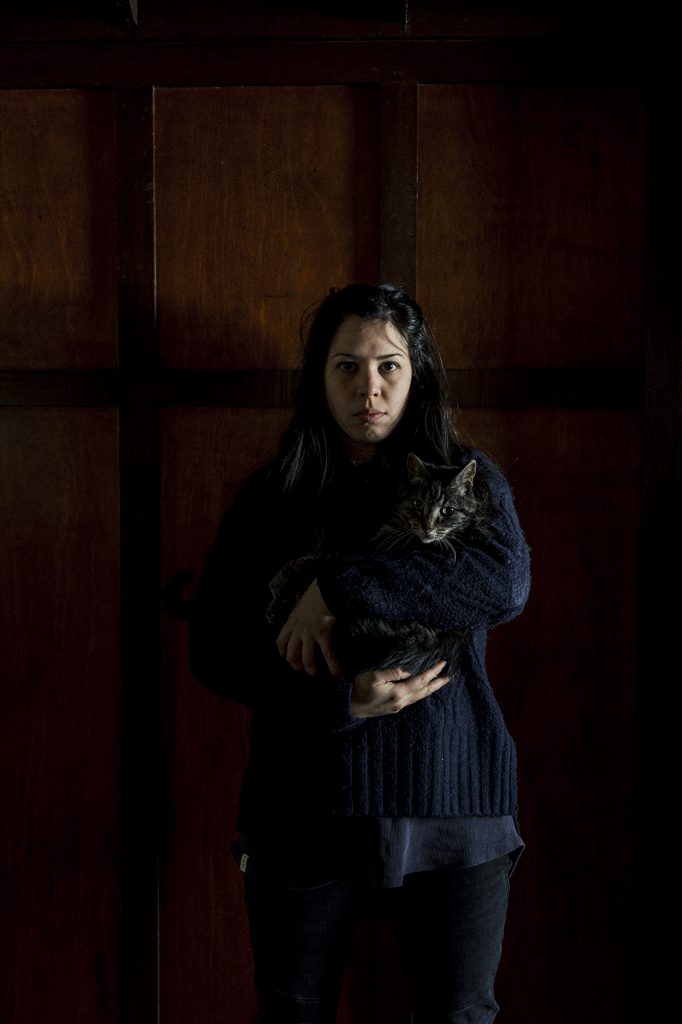Self-portraits in ISO
2020
Self-portraits in ISO (2020) speaks to the politics of everyday immobilities, and how one’s identity is reconfigured when the restriction of movement, and the reconfiguring of ‘home’ spaces becomes acute. Created during the covid-19 pandemic, within Victoria in Australia, a place that had one of the longest lockdown periods in 2020, these self-portraits reference both the trauma and privilege to stay ‘safe in place’.
Utilising Kerilyn Schewel’s definition of immobility as, ‘spatial continuity in an individual’s centre of gravity over a period of time’ (2019, para. 3), this photographic series reveals the movement seen within the place of residence, and how the individual’s orientation shifts within the boundaries of the home.
Critical to the self-portraits is the portrayal of the body within the photographic compositions. The body becomes performative and with its different shapes, shifts and orientations within the home space provides a sense of heightened emotions. Within each image, feelings of liminality, grief and endurance are present within the surrounds of the everyday, mundane and peculiar. Moving between rooms and emotions provided new patterns of micro-mobility, while ‘normal’ mobilities outside of the home were restricted. Within these new micro-mobility journeys, a refiguring of identity and expression of self was formed.
The series engages with the self-portraiture photography genre, an area that is continuous with my artistic practice for over a decade. The series as a creative process became a method to continue. Turning the camera onto oneself, is an act against the normal subject / photographer gaze, and within this lockdown environment the performative gaze of myself looking into my life, rather than situating my body within an external environment was a critical shift. The home became a place where I was listless, lethargic and highly agitated rather than normal associated comfort feelings of being ‘at home’.
Self-portraits in ISO presents a subjective-artistic experience of being ‘safe in place’. The immobility of continuing within the home environment enabled new spatial reconfigurations of the space with one’s sense of identity.
—
Reference:
Schewel, K. (2020). Understanding Immobility: Moving Beyond the Mobility Bias in Migration Studies. International Migration Review, 54(2), 328–355. https://doi.org/10.1177/0197918319831952
Instagram: @piajohnsonphotography
